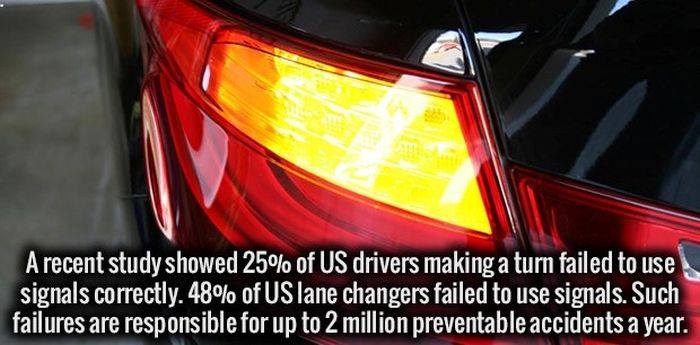You know how there are people in your life who curate incredibly enjoyable Facebook feeds that shine like a bright star amidst the endless, interminable night sky of vaguebooking, inane quizzing and esoteric complaining? I have one such friend who posts updates about his mélange of projects which include his work as a home vintner, carpenter and chef alongside photos of ski outings and travel and occasional viral content that’s actually fun and interesting. He’s a fascinating guy, and his Facebook feed is appropriately representative of that.
He recently posted this update and photo:
“Having just come back from driving in Denver…this is so true”
I also recently had a different friend in town from the East Coast. She too complained about the drivers in Denver, and justifiably so. Having traveled extensively, I feel confident in saying Denver drivers are, when graded as a group, generally pretty terrible. I have not traveled anywhere where people stop on entrance ramps to the highway with as much frequency as they do in my fair city. Any time someone does this, I feel like my head’s going to explode because not only is this hilariously counter-intuitive, it is grotesquely unsafe.
With regard to the turn signal thing, my East Coast friend drove us to a brewery (where else, given my disposition?) and tried to merge into the left lane. She threw the blinker on, and like Denver clockwork, the person behind her sped up to prevent the merge. She exclaimed, “Why? I’ve got the signal on. I’m trying to be a good citizen!” All I could say was, “That’s Denver driving for you.”
And that’s where these two disparate people meet. One recognizes that Denver drivers don’t ever use turn signals, the other wonders why. Very simply, people in this town don’t use their blinkers because if you do, you’re pretty much guaranteed never to get that merge you need.
Some misguided dope behind you will think you’re in a race you had no idea you were a part of, and speed up to prevent you from beating them to whatever arbitrary finish line they’ve concocted in their minds. So you learn to adjust. And adjusting, sadly, means you’re frequently better off without your turn signal if you have any lane changing aspirations whatsoever.
To be clear, I abhor this philosophy and believe the world would be roughly 18% better if everyone used proper turn signal protocol at all times, but still. I got places to be, too.



